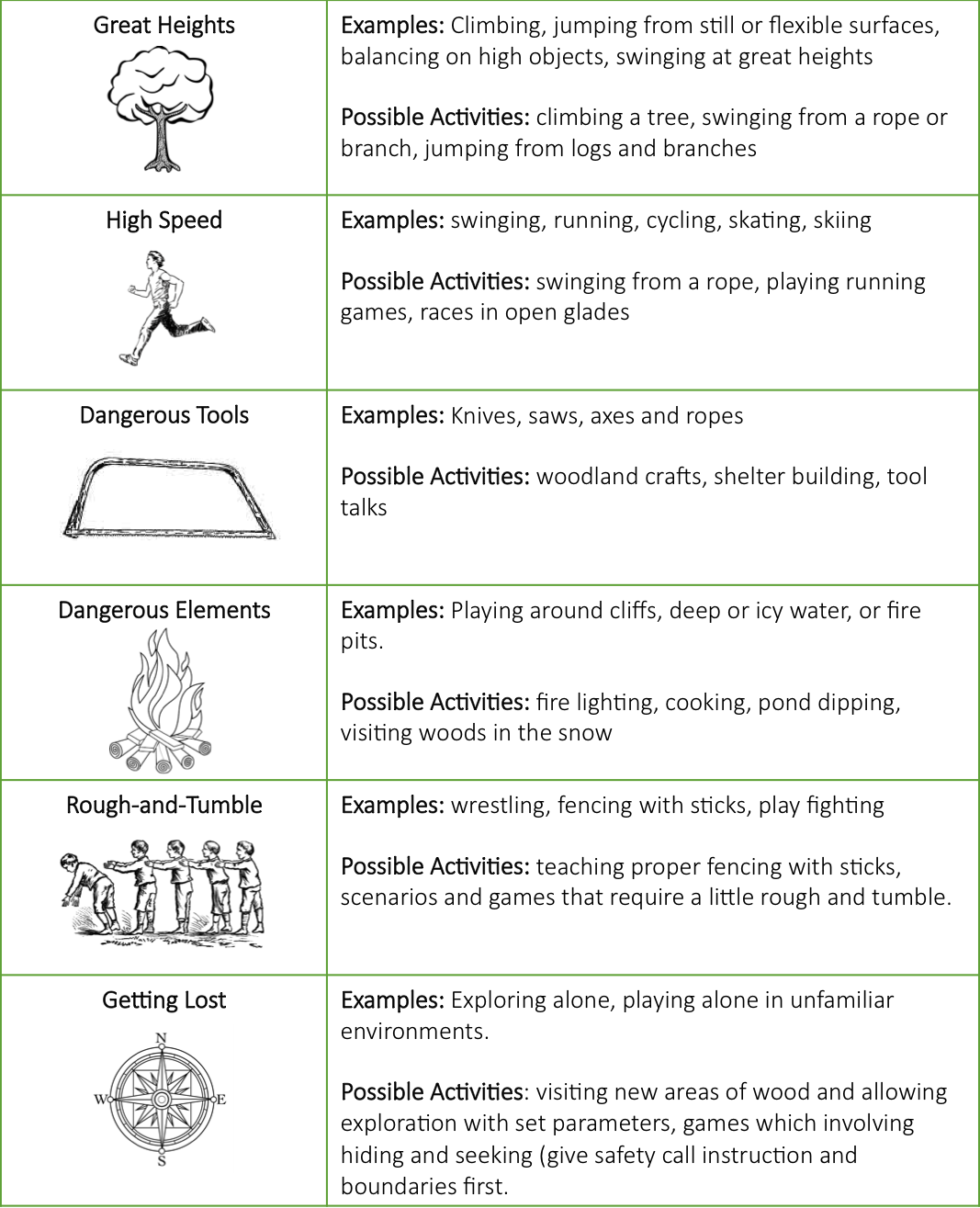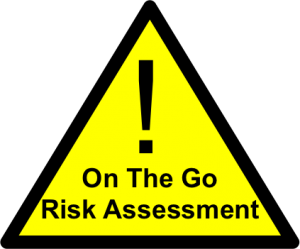Sadly, we now live in a day and age where we tend to shelter ourselves and others from risks. It has recently been documented that by depriving children of these risks we are in fact disadvantaging them for later life. Living a sheltered life void of risks doesn’t allow children to develop their own understanding and management of risks, this actually endangers individuals when taking risks later in life.
Tim Gill has investigated the impact of our risk free world and the impact it will have on societies teenagers and adults (No Fear by Tim Gill – Click here for article). The Government’s ‘Every Child Matters’, is correctly placed to ensure the health and safety of all children, however it is the interpretation of this idea with the ideal that children/teenagers and adult should be able to contribute, enjoy and achieve that needs to be carefully considered. The inherent problem of removing all risk for children will have an impact on them as teenagers and adults. We are not only creating teenagers/adults who won’t understand risks that may cause physical harm but also risks that may have a significant positive/negative impact on their lives. Without understand risk, teenagers/adults won’t be able to weigh up the pros and cons of risks/decisions and the potential outcome…ultimately leading to poor decision making and a lack of understanding that risks can be GOOD.
With taking risks in life and at Forest School it is about finding a happy medium. Not being disgracefully unaware of risks, putting people in danger through negligence. However, also not being over the top and rapping our children in cotton wool. It all relates to managing the risks.
Sandseter proposed that risk taking for children could be split into six different categories(Click here to learn about Sandseter’s work). Click the table below for a printable version.
Forest School is an ideal opportunity for encouraging children to take risks and in fact the majority of activities require you to take them. When taking part in activities regularly these should have a written risk assessment, your assessment should include information about:
- The Hazard or risk you have identified.
- The Significance of the Risk – how dangerous is it?
- Any actions that can be taken to control or limit the risk.
- Most importantly is whether the benefits from the risk outweigh the potential harm.
After you have conducted the risk assessment it is essential that you share it with other practitioners you have supporting you. In some cases you may need to share the whole assessment of part of it with the child/client e.g. talking about safely climbing a tree. Visit the planning pages to learn more about Risk Management (Click here).
Even if you have risk assessed areas and activities, it can be a useful activity to allow children/clients to risk asses themselves. This will help the child/client develop their own ideas about what is safe and how they can manage the risk safely, an essential skill in life. This assessment may be done through talking through the risks or alternatively you may encourage them to do a paper based one they can refer back to. Below you will find a link to an On-The-Go Risk Assessment, which can be used by a practitioner to asses an unplanned activity or by a child/client to risk assess an activity.


